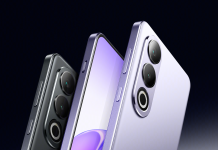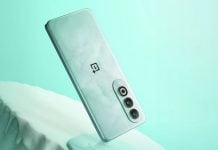Today, smartphones can do almost everything, from taking high-quality photos to running powerful applications. But these exceptional handheld devices have a basic problem: they’ve struggled to operate properly when their screens are wet. Most of us have tried to use our phones in the rain or with wet fingers, only to be met with frustration. OnePlus aims to tackle this with its “Rain Water Touch” feature. But what is it, and how does it work?
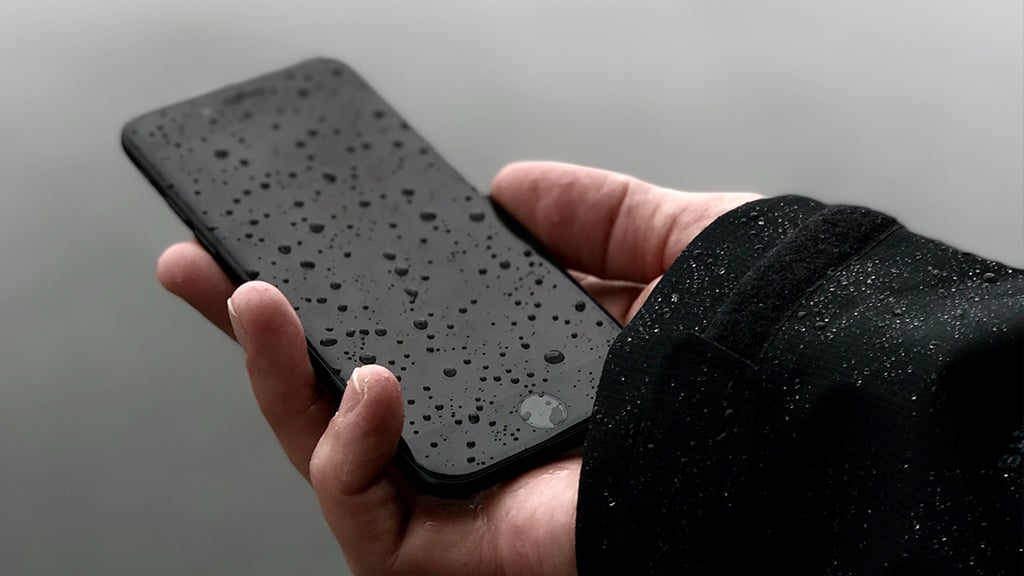
The Wet Screen Problem
Before delving into OnePlus’s solution, it’s essential to understand the problem. Most smartphones use what’s called capacitive technology for their touchscreens. When you touch these screens, a small electrical charge is transferred from your finger to the screen, which the phone detects and processes as a touch.
However, water also conducts electricity. So, when the screen is wet, the phone often gets confused. It can’t tell whether the electrical charge is coming from your finger, a raindrop, or a mix of both. This is why your phone sometimes acts strangely or becomes unresponsive when the screen is wet.
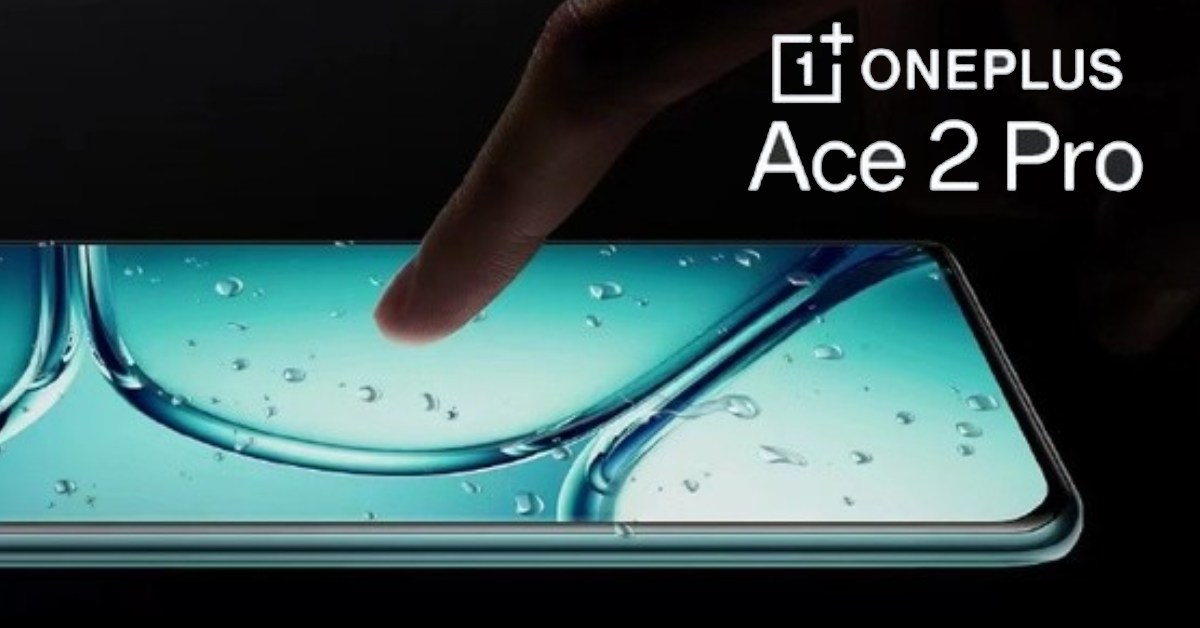
OnePlus’s Rain Water Touch
With the release of the OnePlus Ace 2 Pro, the company introduced a new technology designed to solve the wet screen issue: the Rain Water Touch feature. This isn’t just about making the screen water-resistant. It’s about ensuring that the touchscreen understands your touch even when there’s water on the screen.
How Does Rain Water Touch Feature Work?
OnePlus’ approach is a combination of smart software and hardware adjustments. They’ve implemented a custom chip and developed special algorithms (or sets of rules) that help the phone differentiate between the electrical signals from water and those from a finger.
To simplify, think of it this way: every time you touch the screen, your phone sees a certain “pattern” of electricity. With this feature, the phone can distinguish the water on the screen as a different pattern. The Rain Water Touch technology is like a smart filter. It can recognize and ignore the patterns from water, only responding to the patterns from your fingers.
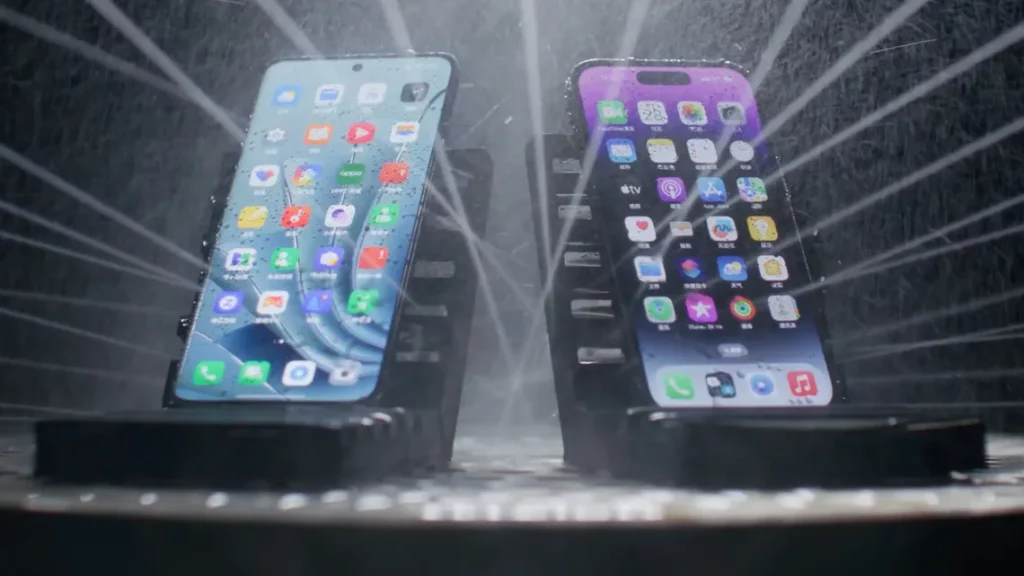
The benefits of this technology are clear. For users living in places with frequent rain or those who love the outdoors, this means no more waiting for the screen to dry or wiping it constantly. Your phone remains usable, rain or shine.
Furthermore, as we increasingly rely on our smartphones for everything, from navigation to communication, having a device that can function optimally in all conditions becomes crucial.
What About Other Phones?
The challenge of wet screens isn’t unique to OnePlus. But as of now, most phones don’t handle this problem very well. Without technology similar to Rain Water Touch, they continue to misinterpret or ignore touches on a wet screen. This can be especially problematic in emergencies or situations where quick phone access is necessary.
OnePlus showcased the power of Rain Water Touch by comparing the OnePlus Ace 2 Pro against the iPhone 14 Pro in a simulated rainy situation. While the iPhone struggled with water-induced glitches, the OnePlus device sailed through. This hands-on demonstration highlighted how the Rain Water Touch feature can turn a rainy day from frustrating to functional.
In Conclusion
The Rain Water Touch feature by OnePlus is a step towards making our devices even more reliable and user-friendly. It’s a reminder that while there are always new and exciting features being added to smartphones, sometimes, addressing a simple issue can be just as impactful.
As technology continues to evolve, it’s innovations like these — ones that solve real-world, everyday problems — that make a difference.
RELATED:
- OnePlus Ace 2 Pro sold out in just 3 minutes of live sale
- OnePlus will reportedly use only Snapdragon chipsets from next year onwards
- OnePlus Ace 2 Pro Full Review: Another flagship killer is here
- OnePlus Ace 2 Pro vs Red Magic 8s Pro: Specs Comparison
- OnePlus Ace 2 Pro vs Redmi K60 Ultra: Specs Comparison

